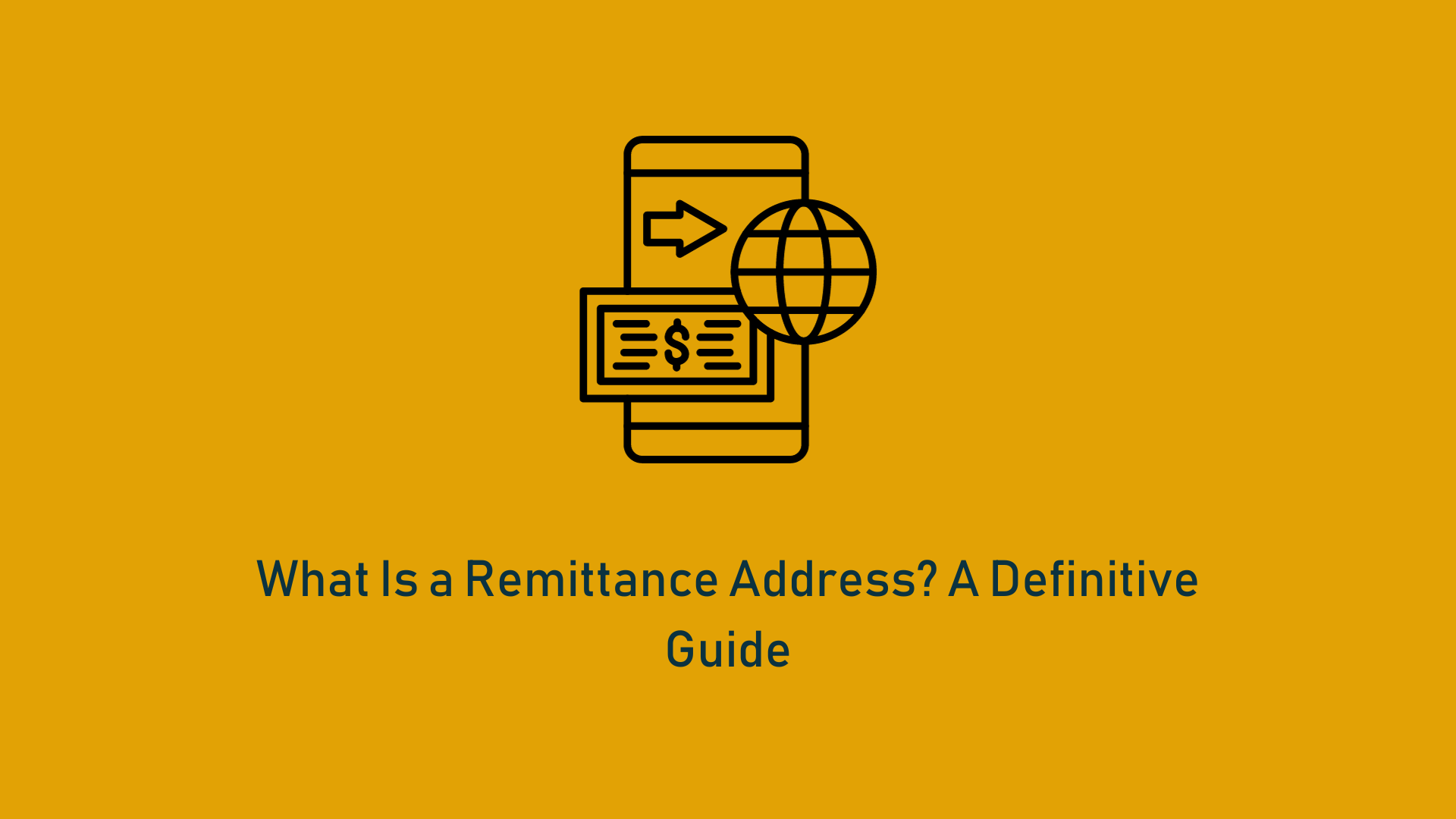Understanding Remittance Addresses: A Comprehensive Guide
In today’s dynamic business environment, understanding the concept and functionality of a remittance address is crucial for efficient financial management. This comprehensive guide explores what a remittance address is, its significance, and best practices for its use.
What is a Remittance Address?
- Definition: A remittance address is a specific destination designated for sending payments and invoices. It operates similarly to a regular mailing address but is exclusively used for financial transactions .
- Functionality: The primary purpose of a remittance address is to facilitate payment transfers. It’s especially useful for businesses to receive payments and invoices at a specified location or department, separate from their main corporate address .
The Advantages of Using a Remittance Address
- Efficient Payment Processing: A remittance address aids in segregating payment-related communications from regular business mail, ensuring faster processing and tracking of payments .
- Organizational Benefits: It helps businesses stay organized, preventing essential invoices from getting lost in daily mail and ensuring they reach the correct department for processing .
- Tax Efficiency: By centralizing all payment processing information at one location, a remittance address simplifies tax preparation and minimizes errors .
Implementation and Best Practices
- Setting Up a Remittance Address: Businesses, especially those receiving numerous invoices and payments, should consider establishing a separate remit address to streamline operations and avoid payment delays .
- Transitioning to a New Address: When switching to a remittance address, it’s important to update billing forms, websites, and business cards. Regularly checking the previous address during the transition period can prevent missed payments .
Additional Considerations
- Bank vs. Email Remittance Addresses: A remittance address can also be set at a banking institution or be an email address for digital documentation, catering to both physical and digital payment processing needs .
- Types of Remittance: Inward and outward remittances refer to funds received locally or from offshore and funds transferred within or outside the country, respectively .
Conclusion
A remittance address is a vital tool for financial organization in businesses of all sizes. Its implementation can significantly enhance the efficiency of payment processing, reduce errors, and aid in better financial management. Setting up a remittance address before a major financial influx can save time and stress, allowing businesses to focus on growth and success .









